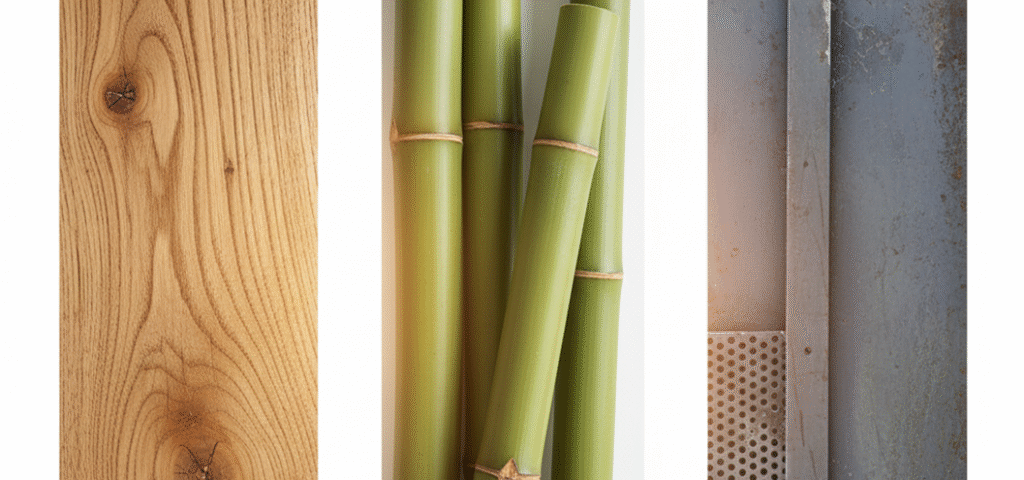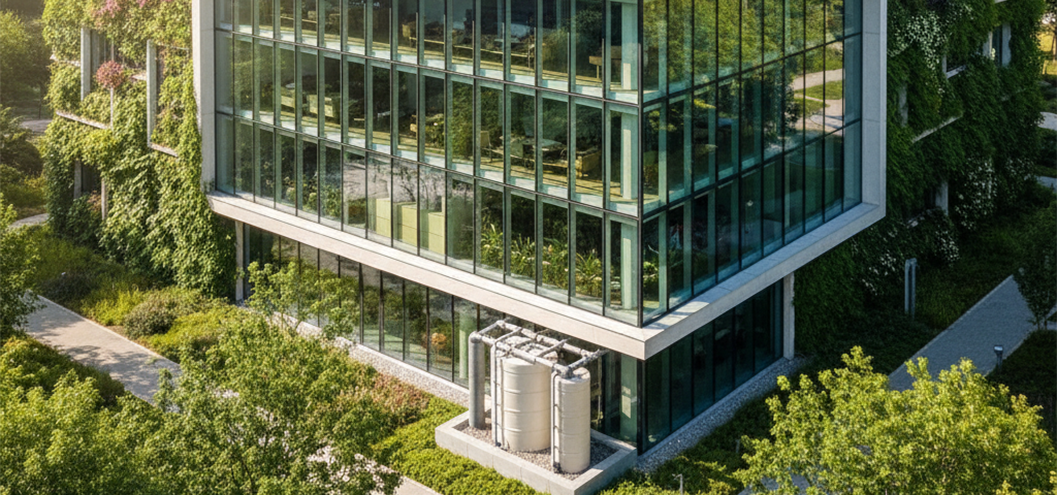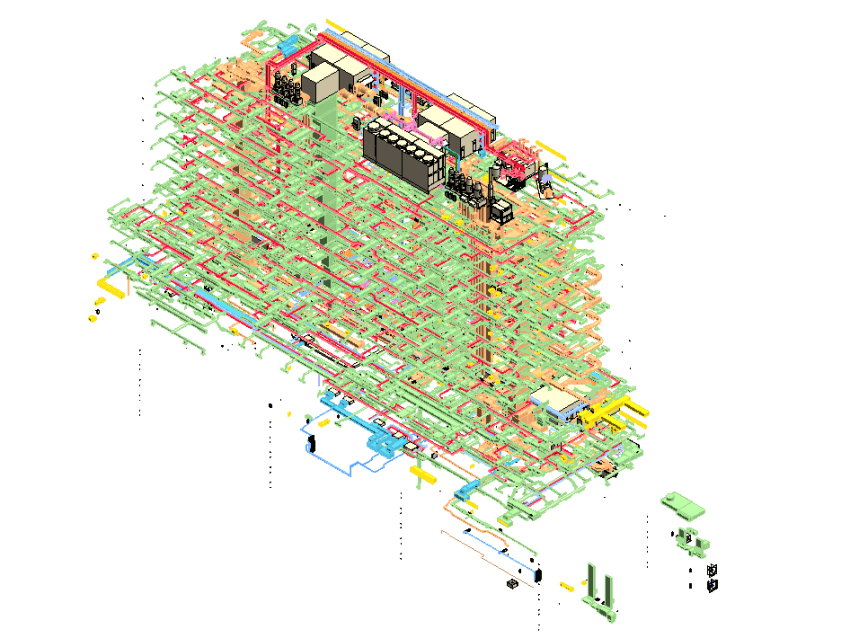Green Structures: The Rise of Sustainable Structural Drawing
Introduction: The environmental impact of buildings and the role of structural drawing
The need for secure and efficient buildings is increasing with modern cities as they develop at an unprecedented rate. Still, one major disadvantage of conventional construction techniques has been their environmental effect. Here is where sustainable structural engineering enters in, combining invention, safety, and environmental concern.
All the sustainable project’s foundations are laid by a structural drawing. Such drawings are important for the whole team of engineers and architects to ensure that a design is made that will consume fewer materials, generate less waste, and be able to last over the long term. The engineers, through their precise structural designing service, have developed buildings that are not only going to endure the time but also the environment by cutting down the carbon footprint and promoting energy efficiency.
Therefore, every part of the project such as the most basic residential development to the greatest commercial towers or choosing the appropriate materials and selecting the ideal structural design helps to create a greener planet making structural drawing services a necessity.

Sustainable Materials: Discussing timber, bamboo, and recycled steel
The kind of materials employed during the building process mostly determines a building’s environmental impact. Combining contemporary methods with environmentally friendly materials is leading the construction sector into a more green path.
Among the environmentally friendly materials, timber has clearly claimed its top rank. Though absorbing carbon instead of stopping it, the designed timber including cross-laminated timber (CLT) has strength akin to that of concrete. Similarly, bamboo known for its flexibility and quick growth has become a favored choice of numerous master planners in green building. Its light weight, resistance to breaking, and renewability enable it to be a key actor in structural drafting.
Recycled steel is the green construction’s best friend. As traditional steelmaking produces lots of carbon dioxide, recycling steel leads to about 70% less electricity consumption, which, in turn, means more eco-friendliness. Structural 3D modeling is one way for engineers to make use of recycled steel, and they can even run tests on durability, load capacity, and energy performance before the actual build starts.
Not only do these sustainable materials assist the building of the circular economy but also they greatly enhance the green practice. They go along with accurate structural drawing, ensuring the perfect balance of strength, design, and sustainability.
Energy-Efficient Design: How structural choices can reduce a building’s carbon footprint
Energy efficiency is one of the main goals of sustainable design. Every structural drawing plays a part in reducing energy use throughout a building’s life cycle from construction to occupancy. Engineers now use structural CAD drafting services to analyze how different materials, layouts, and shapes affect thermal performance and sunlight exposure.
For instance, a well-planned structural frame can control internal temperatures, therefore lowering the need for too much air conditioning or heat. Intelligent beam and column placement reduces artificial illumination usage by letting natural light flood the space.
Furthermore, all these inventions like green roofs, solar panels, and passive ventilation systems are added into the architectural drawing stage to guarantee perfect operation. These tools enable engineers to assess how every component affects the energy profile of the building.
In essence, sustainable structural drawing encompasses not just the selection of materials but also help lower operational expenses and environmental effect by maximizing structure and form.

Case Study: A building designed with a focus on sustainability
Let’s look at a practical example. A mid-rise office building in Seattle was recently redesigned with a focus on green principles. The engineers started with a detailed structural drawing, ensuring every aspect aligned with sustainability goals.
Engineered timber and recycled steel were included on the project instead of conventional concrete. Using cutting-edge structural 3D modeling, the crew investigated many configurations in search of the most energy-efficient plan. Large windows maximized natural light while solar panels were thoughtfully positioned on the roof.
To guarantee accuracy during construction, the engineers also drew on structural shop drawings. These illustrations guaranteed no wasted material by precisely detailing every beam, column, and link. Compared to conventional designs, the result was a building that used 40% less electricity and generated drastically less carbon emissions.
This case shows that structural drawing is a creative process leading to revolutionary environmental outcomes rather than merely a technical requirement. Engineers can create environmentally friendly buildings with clear structural drafting services that are not just sturdy and practical.
Conclusion: The future of structural drawing is green
Future sustainable construction consists of green buildings combining energy-efficient designs directed by accurate structural drawing with environmentally friendly materials. Engineers can cut carbon emissions, reduce trash, and improve building performance using sophisticated structural design solutions and current instruments including structural 3D modeling and CAD drafting. Every sustainable endeavor starts with these thorough renderings, which guarantee strength, security, and environmental accountability in every structure erected.
Leading companies like Engineering Geni with the help of their knowledge in structural design services and modern drafting technologies help create eco-friendly projects that satisfy both aesthetic and environmental objectives.
FAQs:
Q: What is a structural drawing, and why is it important for green buildings?
Ans: A structural drawing specifies materials, beams, columns, and building construction techniques. They guarantees stability and enables engineers to effectively include environmentally friendly design methods.
Q: How do structural 3D models help to foster sustainability?
Ans: Structural 3D modeling lets designers view and evaluate plans prior to building. This guarantees the construction performs well once finished, helps to cut waste, and helps to maximize materials.
Q: Which materials see most use in sustainable structural engineering?
Ans: Recycled steel, bamboo, and wood are among the most used materials. If they are rightly used they enable buildings to be environmentally friendly as well as long-lasting.




